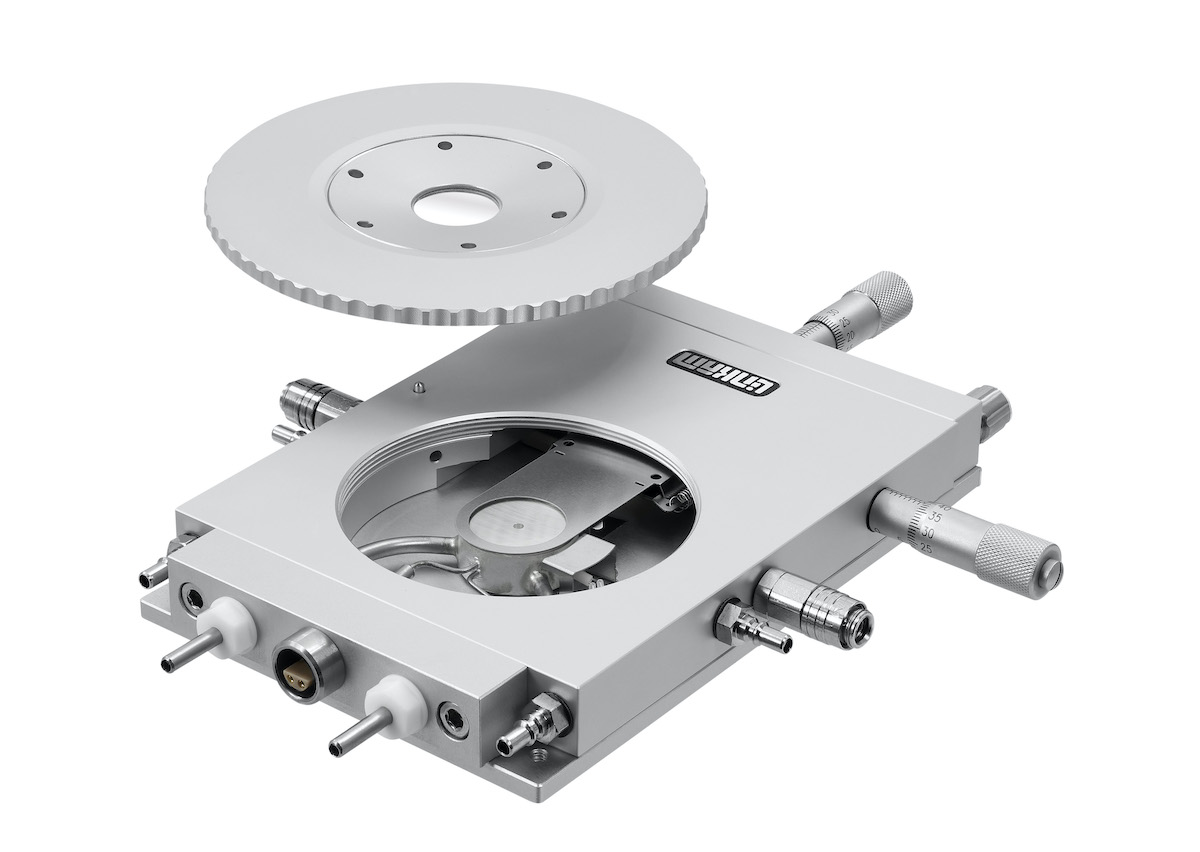Channels
Special Offers & Promotions
New research indicates hot-melt extrusion produces predictable, high drug loading amorphous solid dispersions

Recent work by a team of researchers at Queen’s University Belfast and University College London has reported on a newly developed strategy for the manufacture of a high drug loaded amorphous solid dispersion (HDASD) using a hot-melt extrusion (HME) based platform (1).
Around 80% of new drug candidates that emerge are classified as poorly soluble (2).
Enhancement of dissolution, solubility and bioavailability for poorly soluble APIs (Active Pharmaceutical Ingredient) can be achieved using a number of different approaches, including the formation of an amorphous solid dispersion (ASD).
An ASD contains the API in a ‘high-energy’ state, allowing supersaturation to be achieved in the gut and increasing the absorption rate and apparent solubility. However, being in that state, the API may be unstable and can often revert to its more thermodynamically stable crystalline form over time, or in contact with biological fluids. In addition, many existing ASD polymers only work well at relatively low drug loadings, and, as a result, many ASDs consist of 90% polymer and 10% drug by weight. However, drug loadings of up to 50% by weight, so-called ‘high drug loaded ASD’ (HDASD), have been the focus of study in recent years.
The work led by Dr Yiwei Tian and Professor Gavin Andrews from the School of Pharmacy, Queens University, Belfast, Northern Ireland, investigated the properties of one particular category of ASD, and explored the formation of HDASD via a hot-melt extrusion platform. The weak acidic drugs (indomethacin, ibuprofen and naproxen) with amorphous polymeric carrier Eudragit® E (EPO) were chosen as suitable combinations for study. Thermodynamic phase diagrams for three HDASD systems were constructed and used to guide the design of the hot-melt extrusion process and the processability and storage stability of HDASDs were further investigated using a range of conventional and advanced analytical techniques.
Yiwei Tian explains the methodology used: ‘The solid-state properties of ball-milled samples and the dissolution/melting behaviours of crystalline drug in the polymeric matrix, as a function of temperature, were analysed using small angle/wide angle X-ray scattering.*
The temperature control of the sample was realised by a Linkam stage**, installed inside the vacuum chamber. The SAXS/WAXS system was calibrated without the need of a standard. The calibration was validated before each measurement using lanthanum hexaboride.’
‘The WAXS was collected every 60 seconds at exposure time of 30 seconds during the heat-cool-heat cycle. SAXS was also collected on selected samples with 600 seconds of exposure time at key temperature points.’
Yiwei Tian partnered with Han Wu, Research Lab Manager at the Centre for Nature-Inspired Engineering (CNIE) research facility at University College London, to make the SAXS/WAXS measurements.
The study was able to directly observe the temperature dependences of the X-ray scattering pattern for the crystalline drugs (IND, NPX and IBU) in the presence of a polymeric carrier.
Yiwei Tian comments on the significance of the data: ‘The information we collected is particularly useful for the design of hot-melt extrusion processes, where a fully amorphous solid dispersion can be generated at conditions that are significantly lower than the melting point of the crystalline drug, and at much higher drug loadings. The unwanted thermodegradation associated with melting of the drug may be completely avoided since the amorphisation of crystalline drug is driven by the dissolution, rather than melting.’
Further work is planned by the researchers, to investigate the kinetic impacts on the hot-melt extrusion process based on the pre-defined thermodynamics of the HDASD systems.
* SAXS/WAXS, Ganesha 300XL, Xenocs, France
** Linkam THMS600 heating and cooling stage with T94 controller and LNP liquid nitrogen cooling system. Linkam Scientific Instruments Ltd, UK
References
Recent news from Linkam Scientific
Media Partners


